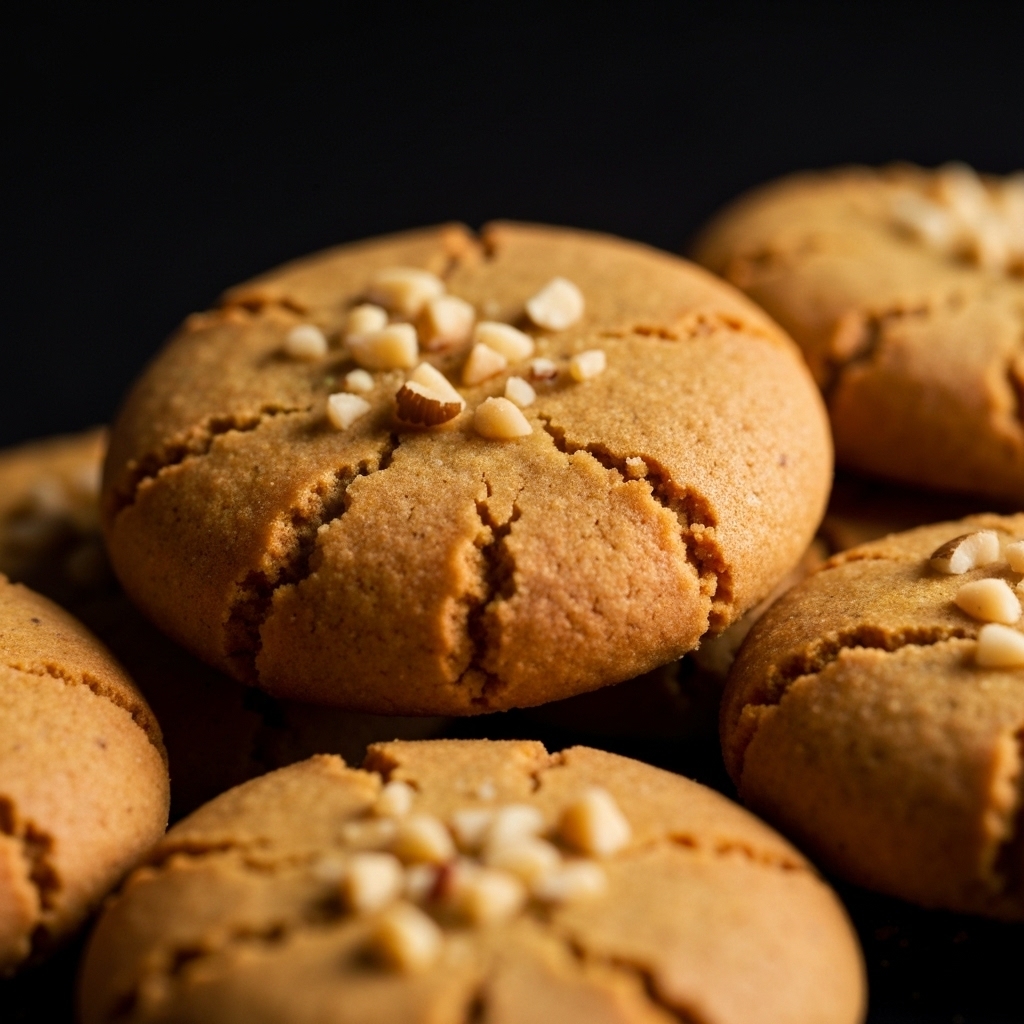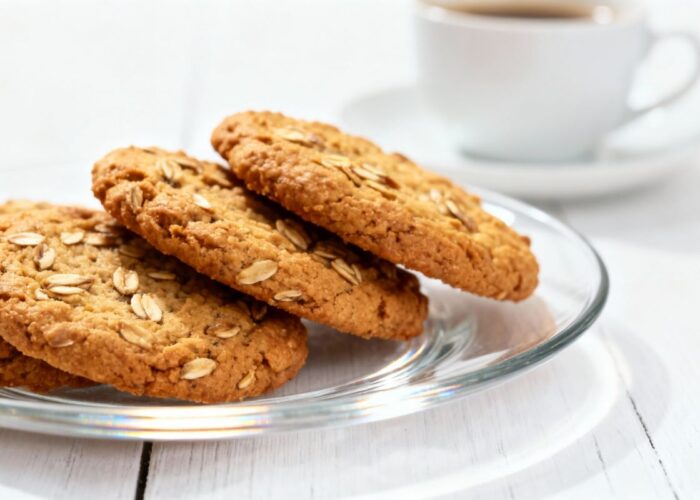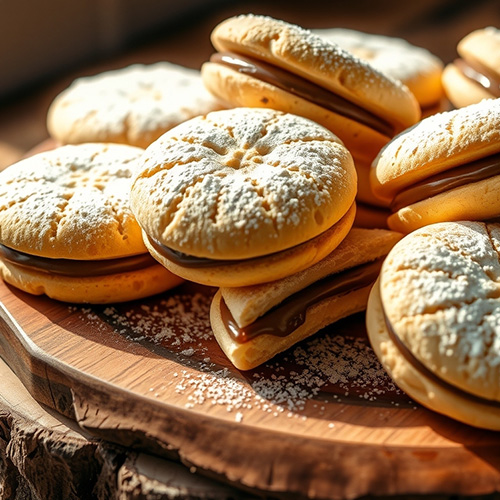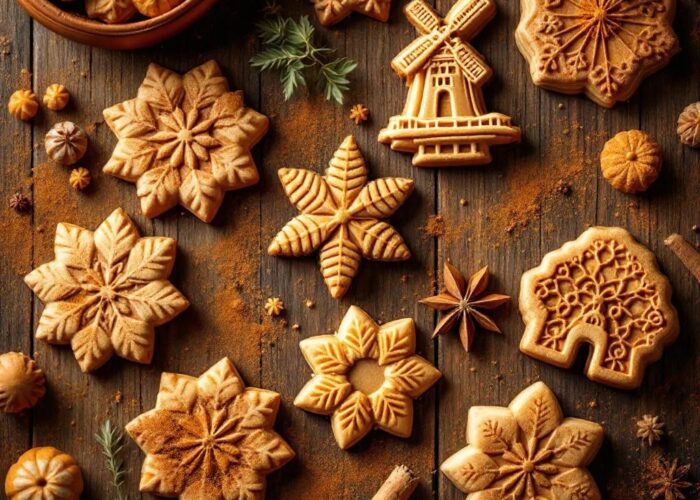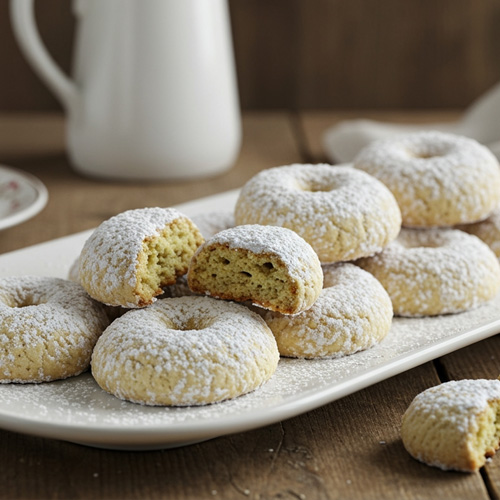Classic Global Recipes for Every Baker
No matter where you are in the world, the joy of baking is universal and so are the cookies! In this post, I’m sharing a collection of classic cookie recipes from around the globe that every home baker should try at least once. From Netherlands Kruidnoten crunchy cookies to Authentic Greek Kourabiedes treats, these time-tested favorites bring a taste of tradition straight to your kitchen.
Isn’t there something magical about desserts? Those sweet bites that instantly bring comfort, no matter where you’re from. I’m excited to share some classic recipes the world can’t stop loving.
Take crème brûlée from France—rich, creamy, and it melts on your tongue. Or the Lebkuchen spiced cookies from Germany, packed with warmth and tradition. These aren’t just desserts; they’re little bites of culture.
So, explore these amazing treats. They’ve captured hearts—and taste buds—all over the world. You won’t want to miss these delicious bites!
Some Classic cookies from around the world:
There’s just something really comforting about a classic cookie—especially when it hails from a different part of the world. So, in this post, I thought I’d share some of my all-time favorite traditional cookies that have managed to stick around and delight people across cultures.
Take, for instance, the oh-so-rich and chocolatey American chocolate chip cookie. I mean, who can resist that? Then there’s the spiced crunch of Dutch Speculaas, perfectly cozy for those chilly evenings. And let’s not forget about Argentine alfajores, with their melt-in-your-mouth texture. Honestly, each cookie tells its own unique story and brings a flavor that’s hard to beat.
These timeless treats? They’re not just desserts; they’re like little bites of history waiting to be savored with every single crumb. Isn’t that just delightful?
Chocolate Chip Cookies
Origin: United States – invented in the 1930s in Massachusetts.
Key Ingredients: All-purpose flour, Butter, Brown and white sugar, Eggs, Vanilla extract, Semi-sweet chocolate chips
Detalis: Chocolate chip cookies are an all-time American classic, featuring a soft, chewy or crispy texture with sweet bursts of melty chocolate in every bite. First created by accident, they’ve become one of the world’s most beloved homemade treats.
Biscotti (Italy)
Origin: Tuscany, Italy
Key Ingredients: Flour, sugar, eggs, almonds (sometimes anise or dried fruit)
Details: Biscotti means “twice baked” in Italian. These classic cookies are first baked in a loaf, sliced, and then baked again to achieve their crisp texture. They’re traditionally served with vin santo, a sweet Italian dessert wine. Their durability made them ideal for travelers and soldiers in ancient Rome.
Macarons (France)
Origin: France (though with Italian roots)
Key Ingredients: Almond flour, egg whites, sugar, food coloring, buttercream or ganache filling
Details: French macarons known for their crisp shell, chewy interior, and smooth filling. They became popular in France during the Renaissance. The modern sandwich style macaron was popularized by Ladurée in the 20th century. What’s more is they are now a global symbol of French patisserie.
Speculaas (Netherlands/Belgium)
Origin: Low Countries (modern-day Netherlands and Belgium)
Key Ingredients: Brown sugar, butter, flour, and a spice blend (cinnamon, nutmeg, cloves, ginger, cardamom, white pepper)
Details: Speculaas bring a taste of Dutch Belgian heritage to your holiday baking. These thin, crisp cookies are molded with windmill or St. Nicholas images. Traditionally eaten on December 5th (Sinterklaas Day). Additionally, these spices reflect the historic influence of the Dutch East India Company and its spice trade.
Alfajores (Argentina/Latin America)
Origin: Brought to Latin America by Spanish colonists
Key Ingredients: Cornstarch or flour, butter, sugar, dulce de leche
Details: The Alfajores Argentinean cookie features two soft cookies filled with dulce de leche. Often rolled in coconut or also dipped in chocolate, they’re a staple snack and a symbol of comfort across Argentina and neighboring countries.
Lebkuchen (Germany)
Origin: Nuremberg, Germany, 13th century
Key Ingredients: Honey, nuts, spices (ginger, cloves, cinnamon), flour, sometimes chocolate or sugar glaze
Details: Lebkuchen sometimes called German gingerbread, these cookies are made for Christmas markets. Nuremberg became a center for lebkuchen due to its access to exotic spices through trade routes.
Polvorones (Spain/Mexico)
Origin: Andalusia, Spain
Key Ingredients: Flour, sugar, lard or butter, ground almonds
Mexican Wedding Cookies: The Polvorones De Nuez comes from “polvo,” meaning dust—referring to the cookie’s crumbly texture. Polvorones usually enjoyed at weddings, Christmas, and celebrations in both Spain and Latin America.
Anzac Biscuits (Australia/New Zealand)
Origin: WWI-era, made for ANZAC (Australian and New Zealand Army Corps) soldiers
Key Ingredients: Rolled oats, flour, sugar, golden syrup, coconut, baking soda
Details: Anzac Biscuits were designed to travel long distances without spoiling. Even so they’re chewy or crisp depending on the recipe and now associated with ANZAC Day, a day of remembrance.
Kourabiedes (Greece)
Origin: Greece, Ottoman-era influence
Key Ingredients: Butter, flour, powdered sugar, almonds, sometimes rose water or brandy
Details: These Authentic Greek Kourabiedes are snowball-like cookies, and enjoyed at Christmas and weddings. They melt in your mouth and dusted generously with powdered sugar, symbolizing equally purity and celebration.
Nankhatai (India)
Origin: India, influenced by Persian and Dutch colonial baking
Key Ingredients: Chickpea flour (besan), all-purpose flour, semolina, ghee, sugar, cardamom
Details: Nankhatai is a popular eggless shortbread cookie, especially in western India. The blend of flours gives it a unique texture and flavor. Usually made during Diwali and other festivals.
Pepernoten (Netherlands)
Origin: Netherlands
Key Ingredients: Rye or wheat flour, sugar, anise or mixed spices (pepernoten typically use speculaas spice blend)
Pepernoten are small, crunchy cookies traditionally tossed into crowds by Sinterklaas, the Dutch counterpart to Santa Claus and his helpers during holiday celebrations. While the terms and pepernoten and kruidnoten sometimes used interchangeably, they refer to two distinct treats.



